As the agricultural industry continues to evolve, farmers are constantly seeking innovative methods to enhance efficiency, productivity, and sustainability. One such tool that has gained recognition in recent years is the buffalo cultivator. Combining ancient wisdom with modern technology, this revolutionary farming implement offers numerous benefits for farmers and the environment. In this article, we will explore the features and advantages of the buffalo cultivator and why it is gaining popularity among farmers worldwide. Efficiency in Agriculture: Efficiency is a crucial aspect of modern farming, and the buffalo cultivator excels in this area. With its robust design and versatile functionality, this tool is specifically crafted to perform various agricultural tasks, including plowing, tilling, cultivating, and weeding. By optimizing these processes, farmers can significantly reduce labor costs and save valuable time, subsequently increasing their overall productivity and profitability.

.
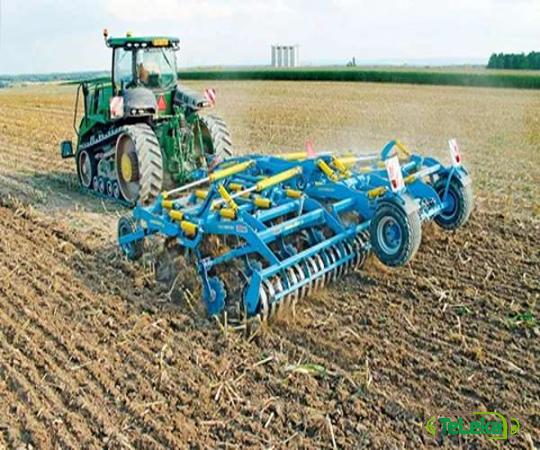 Sustainable Farming Practices: One of the main advantages of the buffalo cultivator lies in its environmentally friendly nature. Unlike traditional machinery, this tool does not rely on fossil fuels or emit harmful emissions. Instead, it utilizes animal power, harnessing the strength and stamina of buffalo to perform labor-intensive tasks. This sustainable approach not only reduces the carbon footprint but also ensures a greener and healthier agricultural ecosystem. Improved Soil Health: Another noteworthy benefit of the buffalo cultivator is its positive impact on soil health. Through their weight and hooves, buffalos effectively break up compacted soil, improving its aeration and water absorption capability. This process enhances nutrient availability, root growth, and overall soil fertility. Furthermore, the buffalo cultivator’s tines gently turn the soil, preventing erosion, and aiding in weed control, ultimately leading to higher crop yields.
Sustainable Farming Practices: One of the main advantages of the buffalo cultivator lies in its environmentally friendly nature. Unlike traditional machinery, this tool does not rely on fossil fuels or emit harmful emissions. Instead, it utilizes animal power, harnessing the strength and stamina of buffalo to perform labor-intensive tasks. This sustainable approach not only reduces the carbon footprint but also ensures a greener and healthier agricultural ecosystem. Improved Soil Health: Another noteworthy benefit of the buffalo cultivator is its positive impact on soil health. Through their weight and hooves, buffalos effectively break up compacted soil, improving its aeration and water absorption capability. This process enhances nutrient availability, root growth, and overall soil fertility. Furthermore, the buffalo cultivator’s tines gently turn the soil, preventing erosion, and aiding in weed control, ultimately leading to higher crop yields.
..
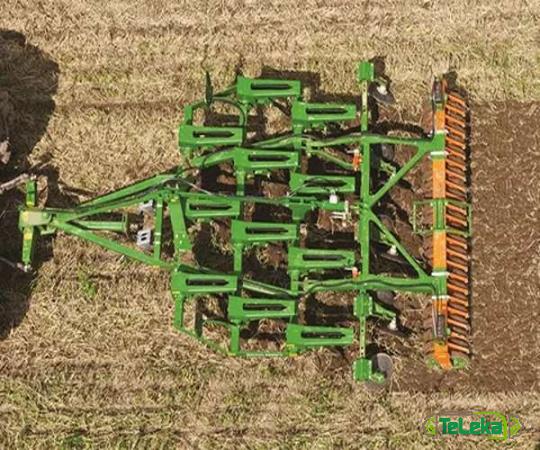 Cost-Efficient and Low Maintenance: The buffalo cultivator offers a cost-efficient alternative to conventional farming tools. Its simplistic design requires minimal maintenance, reducing maintenance and repair costs. Moreover, the tool’s longevity surpasses many mechanized counterparts, making it a reliable investment for farmers in the long run. Preservation of Traditional Farming Methods: The buffalo cultivator allows farmers to embrace traditional farming practices while incorporating modern efficiency. It enables them to maintain a connection to their cultural heritage and preserve the rich traditions associated with buffalo farming. Additionally, it supports sustainable livestock management, as buffalos are naturally adept at thriving in diverse climates and require less intensive care compared to machinery. Potential Challenges: While the buffalo cultivator presents numerous advantages, it is essential to acknowledge a few potential challenges. The tool requires skilled operators who understand buffalo behavior and can handle them safely.
Cost-Efficient and Low Maintenance: The buffalo cultivator offers a cost-efficient alternative to conventional farming tools. Its simplistic design requires minimal maintenance, reducing maintenance and repair costs. Moreover, the tool’s longevity surpasses many mechanized counterparts, making it a reliable investment for farmers in the long run. Preservation of Traditional Farming Methods: The buffalo cultivator allows farmers to embrace traditional farming practices while incorporating modern efficiency. It enables them to maintain a connection to their cultural heritage and preserve the rich traditions associated with buffalo farming. Additionally, it supports sustainable livestock management, as buffalos are naturally adept at thriving in diverse climates and require less intensive care compared to machinery. Potential Challenges: While the buffalo cultivator presents numerous advantages, it is essential to acknowledge a few potential challenges. The tool requires skilled operators who understand buffalo behavior and can handle them safely.
…
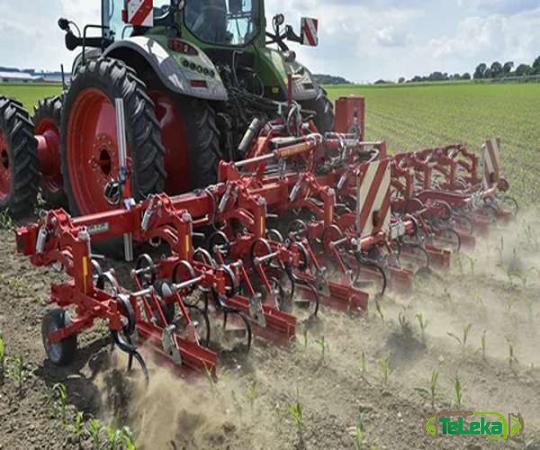 Training and expertise in handling the animals are crucial to ensure maximum efficiency and safety. Additionally, availability and accessibility of buffalos in certain regions may pose a limitation for farmers considering adopting this tool. Conclusion: In a world driven by technological advancements, the buffalo cultivator stands out as a remarkable innovation that merges tradition with modernity. Through its efficiency, sustainability, and contribution to soil health, this tool has the potential to transform farming practices while honoring age-old traditions. As more farmers recognize its benefits, the buffalo cultivator is poised to play a significant role in shaping the future of agriculture, providing a greener and more sustainable path for the industry.
Training and expertise in handling the animals are crucial to ensure maximum efficiency and safety. Additionally, availability and accessibility of buffalos in certain regions may pose a limitation for farmers considering adopting this tool. Conclusion: In a world driven by technological advancements, the buffalo cultivator stands out as a remarkable innovation that merges tradition with modernity. Through its efficiency, sustainability, and contribution to soil health, this tool has the potential to transform farming practices while honoring age-old traditions. As more farmers recognize its benefits, the buffalo cultivator is poised to play a significant role in shaping the future of agriculture, providing a greener and more sustainable path for the industry.

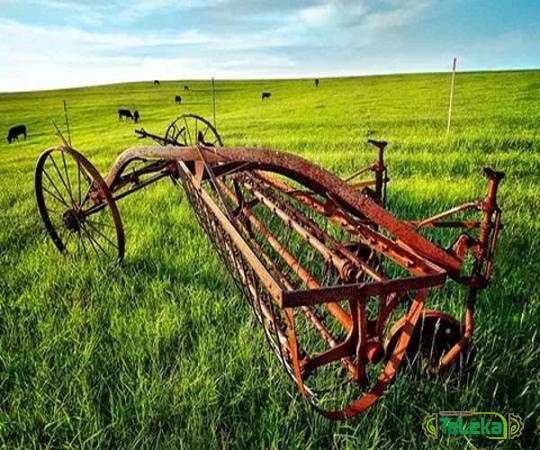

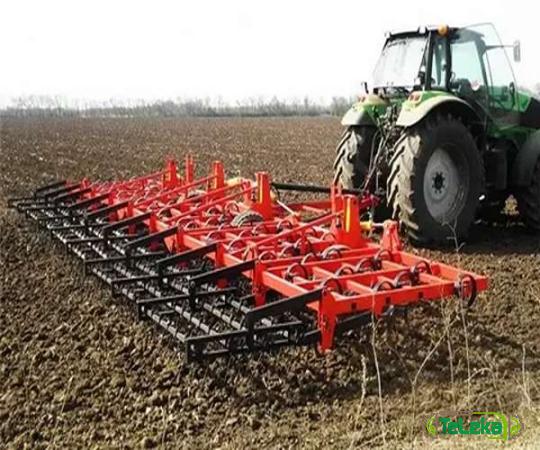





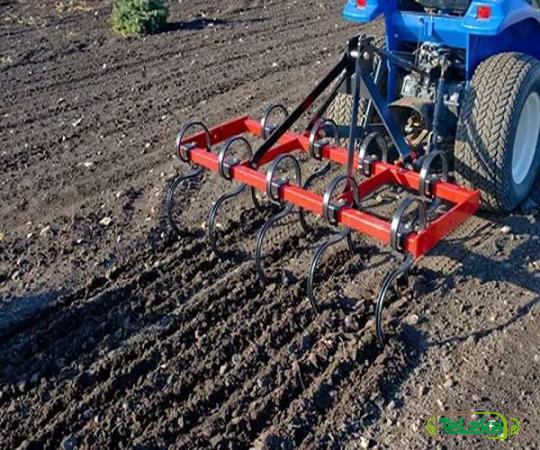
Your comment submitted.